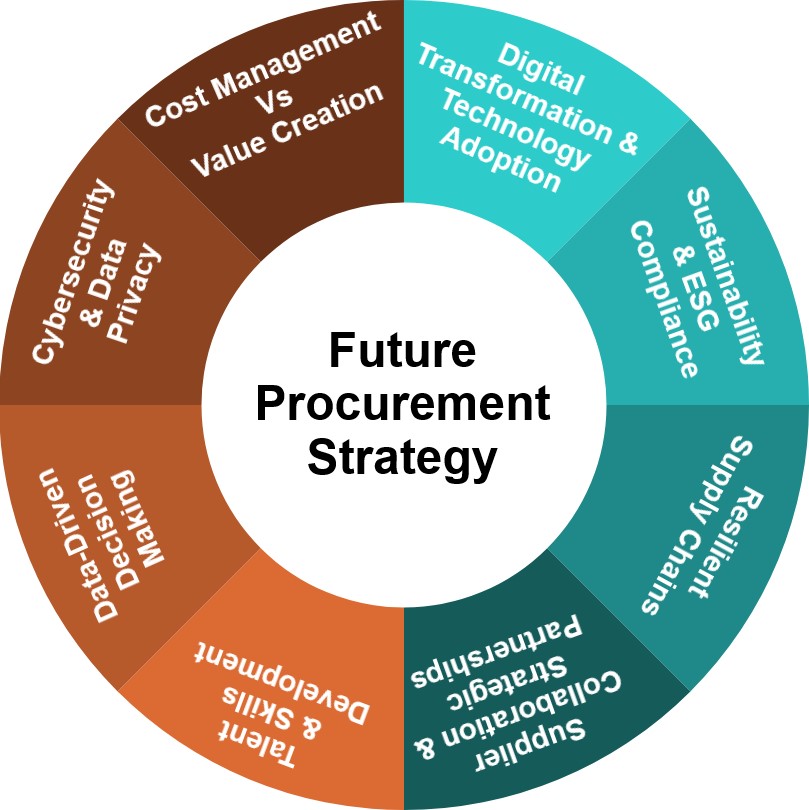In today’s globalized economy, supply chain disruptions have become a common occurrence, impacting businesses of all sizes. From the COVID-19 pandemic to geopolitical tensions, companies have learned the hard way that relying on a single supplier or region can lead to significant vulnerabilities. Diversifying the supplier base is often touted as a key strategy for mitigating these risks. However, while this advice may seem straightforward, the practicalities of implementing such a strategy are far more complex and time consuming, especially for small and mid-sized companies.
The Challenges of Diversification
1. Scale and Influence: Large corporations often have the leverage to demand flexibility and support from their suppliers. Their significant purchasing power allows them to negotiate better terms, secure additional capacity, and even influence existing suppliers to set up operations in new regions. In contrast, small and mid-sized companies lack this bargaining power. Suppliers may be less inclined to prioritize their needs, making it difficult to secure new partnerships or diversify their supply chains effectively.
2. Product Specificity: Not all products are equally adaptable to diversification. For example, electronics or electrical appliances with highly specialized components, or products that require complex, proprietary manufacturing processes, are challenging to source from multiple suppliers. In some cases, the expertise or machinery needed to produce a particular product may only exist in specific regions, limiting diversification options. Conversely, products with simpler manufacturing processes, such as textiles or basic consumer goods, may be easier to source from multiple regions.
3. Raw Material Sourcing: Even if a company successfully identifies alternative suppliers in different regions, the sourcing of raw materials remains a critical factor. If these materials are still being sourced from the original country or region, the supply chain remains vulnerable to disruptions.
4. Costs and Quality: Diversifying suppliers can also lead to increased costs and potential quality issues. New suppliers may not offer the same pricing as established ones, especially if they lack economies of scale. Additionally, maintaining consistent quality across multiple suppliers can be challenging, as production processes, raw materials, and expertise may vary. Companies must weigh these factors against the potential benefits of reduced risk and increased supply chain resilience.
Practical Strategies for Small and Mid-Sized Companies
Given these challenges, small and mid-sized companies must approach supplier diversification with a well-thought-out strategy as it may take months if not years to successfully implement.
1. Start Small – Adopting Phased Approach: Rather than attempting to overhaul the entire supply chain at once, companies should start by identifying a few critical components or products that are most vulnerable to disruption. Focus on diversifying suppliers for these items first, gradually expanding the strategy as the company gains experience and resources.
2. Build Strategic Partnerships: Instead of simply seeking new suppliers, should aim to build strategic partnerships with their existing suppliers. This can involve collaborating on risk management strategies, such as securing backup production capacity or exploring joint ventures in different regions. By fostering strong relationships, companies can increase their influence and ability to adapt to disruptions.
3. Leverage Technology and Industry Network & Trade Associations: Utilizing technology and data analytics can help companies identify potential suppliers in new regions and assess their capabilities. Supply chain management software can provide visibility into supplier performance, lead times, and risks, enabling companies to make informed decisions about diversification.
Companies can tap into industry networks, trade associations, and government resources to identify and vet potential new suppliers. These organizations often provide valuable market intelligence, supplier directories, and even facilitate trade missions or networking events that can help you connect with reliable suppliers in different regions.
4. Focus on Nearshoring and Regional Hubs: When diversifying suppliers, it may be more practical to focus on regional hubs that can serve multiple markets. For example, a company targeting the European market might source from suppliers in Eastern Europe or Turkey, which are closer to the target market and offer shorter lead times. This approach can help mitigate risks while controlling costs and ensuring quality.
5. Be Prepared to Invest in Supplier Development: If potential suppliers lack certain capabilities or standards, which is most likely while going through supply chain diversification, consider investing in their development. This could involve training, providing resources, or collaborating on technology upgrades. This approach can be particularly effective in emerging markets where suppliers may need assistance to meet your company’s standards.
Diversifying the supplier base is indeed more challenging than it might initially seem, especially for small and mid-sized companies. However, it is not impossible. By starting small, building strategic partnerships, leveraging technology, and focusing on regional hubs, companies can gradually build a more resilient and adaptable supply chain. While the process may take time, the long-term benefits of reduced risk and increased flexibility can outweigh the challenges, positioning companies to better navigate the complexities of global supply chain disruptions.

Thanks , I have just been looking for information about this
topic for a while and yours is the greatest I’ve
came upon till now. But, what about the bottom line? Are you positive about
the supply?